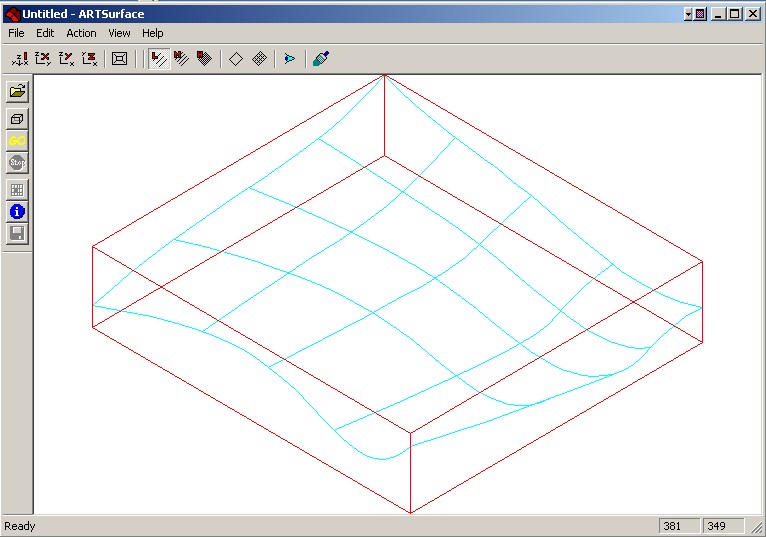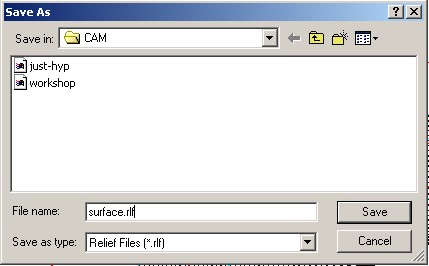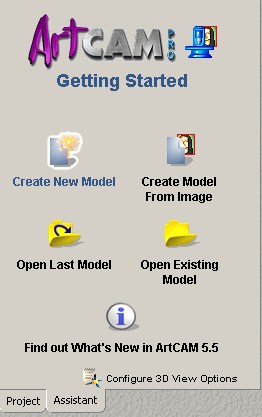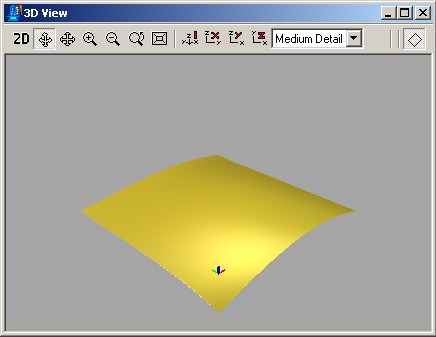The first step to creating and machining a 3D relief using ArtCAM is getting the geometry file into the ArtCAM software. Because we have built the file in a CAD system, such as MicroStation, AutoCAD, formZ, or something similar, we must pass through some more general translation formats to get the geometry into a machinable state.
There are a few formats that can be used to perform this translation, such as DXF and IGES, but the most effective for our purposes is the IGES file format. This format best preserves the full surface geometry.
Using MicroStation CAD as an example (though similar functionality and screens would be available from other CAD programs) we simply EXPORT the geometry into the IGES file format. This is a fairly straightforward export, presuming your geometry is correct.
To achieve the best results when exporting, make sure that the following are true:
- The geometry is the only thing in the CAD file. Extra geometry, even on layers that are turned off, will show up in the IGES export, and might throw off the process within ArtCAM. If you need to do so, simply copy the desired geometry into a new file. MicroStation's Edit/Copy command can do this, along with the FF= keyin command. AutoCAD's Edit/Copy or Writeblock command will do the same.
- The geometry is at true machining scale, in inches or millimeters. You cannot "print-to-scale" using CAM software. The object must be at real world scale to work propery.
- The geometry is at or near the 0,0,0 global origin point of the CAD file. This will make setting up machining a bit easier. You can simply move the geometry to the 0,0,0 point in your CAD file if necessary.
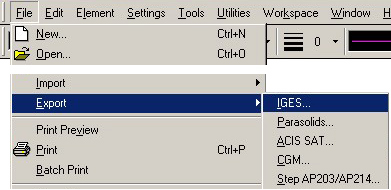

Now start the program called ArtSurface, found within the ArtCAM folder in the Start menu. ArtSurface is a translation intermediary between the CAD software and the CAM software. It will convert our IGES surface into a relief file.
Within ArtSurface, choose File then Import, and the dialog as shown on the left will appear.
Choose the Browse button to find your .igs file and hit OK. Make sure to leave the Direction set at Z+. This will ensure proper orientation of the surface file for most circumstances.
